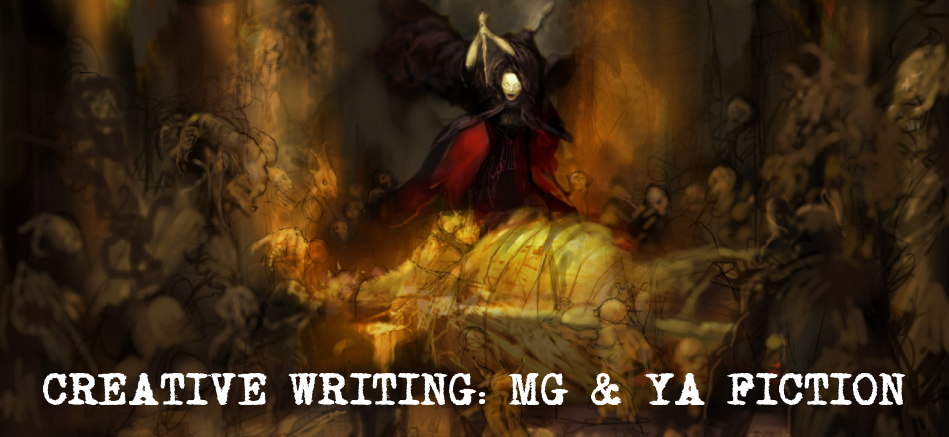Students are to post reactions (minimum 350 words) to the assigned reading linked below. Students are encouraged (but not required) to additionally respond to other student reactions.
Everything You Ever Wanted to Know About Middle Grade: A Conversation w. Editor Molly O'Neill: "As you know, I have a marketing background, which means that whether or not I intend it, one of the first things my brain starts thinking about for a book is its readership: who is a book FOR? What kind of reader is it going to reach, and how? Maybe instead of asking “What is middle grade?” it’s easier to think about “Who is the middle grade reader, and what is he/she looking for in a book?” I think that a middle grade reader is often (and note, I’m speaking BROADLY, here) reading for one of two reasons: to understand, or to escape. Middle grade readers who read to understand look for stories that help them piece together the truths that seem to be opening up all around them, about the world and their place in it, and the connections between themselves and their family, their community, their friends, etc. Or they’re reading to understand about a different time/ place and what it was/would be like to be a kid then. Or they’re reading to just understand how stuff works, period—from the everyday mundane stuff to big concepts like justice and honesty and friendship and happiness and love. Click heading to read the rest of the interview."A Definition of YA" by Brooklyn Arden: "So I've been thinking off and on about a practical definition of YA literature -- something I could look at to help me decide whether a manuscript is an adult novel or a middle-grade novel or, indeed, a YA. Such delineations don't matter to me as a reader -- a good book is a good book -- but they do matter to me as an editor and publisher, because I want every book I publish to find the audience that is right for it, and sometimes, despite a child or teenage protagonist, a manuscript is meant for an adult audience
An SFWA Introduction to Middle Grade & Young Adult: "For writers who are interested in writing middle grade or young adult fantasy or science fiction, the first step is puzzling out what exactly those categories mean. Science fiction and fantasy, after all, has a long tradition of featuring young protagonists — including such classics as Dragonflight by Anne McCaffrey, Pawn of Prophecy by David Eddings, and Arrows of the Queen by Mercedes Lackey — even if those novels weren’t originally published as middle grade or young adult books." Click heading to read the rest of the article.
"Middle Grade and YA: Where to Draw the Line?" by Judith Rosen: "Since Harry Potter first hit these shores in 1998, there’s been confusion over where best to shelve it: put it where most kids look for it, in middle grade (ages 8–12), or where the later, darker novels belong, in young adult (ages 12–up)? But J.K. Rowling’s books aren’t the only ones that fall into a gray area, especially as more kids aspire to “read up” because of popular films like Divergent and The Hunger Games. At the same time, adults have begun reading down, not just YA but also reaching for middle-grade books like Wonder and Out of My Mind, because they don’t want to miss out, either." Click heading to read the rest of the article.
